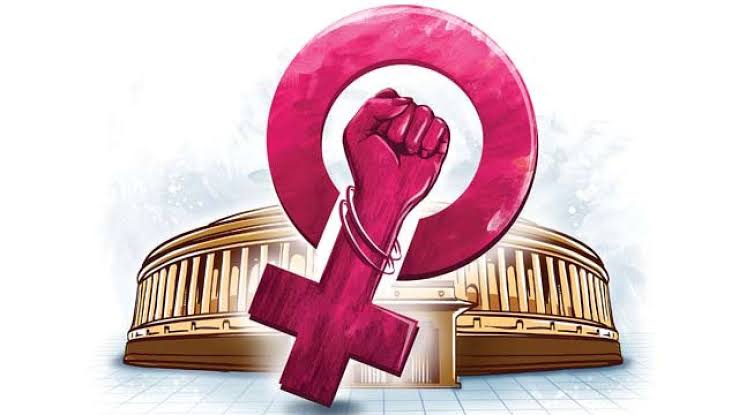How is Women Reservation Bill linked to Delimitation?
Introduction: Delimitation is the redrawing of the boundaries of LokSabha and State Assembly seats based on the recent census to ensure that each seat has approximately equal numbers of voters. In 1976, the last delimitation exercise was carried out. The current boundaries were determined based on the 2001 Census data, while the number of seats in the National Assembly and LokSabha were fixed based on the 1971 Census data. The process was suspended until the first census to be conducted after 2026 after the amendment in 2002.
The delimitation Commission operates independently of the executive. Commission orders are final and cannot be challenged in court. The constitution it would prevent the holding of elections forever. The delimitation Commission and its orders cannot be amended by the Loksabha or the State Legislative Assembly once submitted to them.
Process:
After each census, the Parliamennt approves its boundary according to article 82 of the Act. After each census, states are also divided into regional constituencies under article 170.
The government will form a delimitation commission after the law comes into effect
In 1950-1951, the president made the first redistricting with the help of the Electoral Commission. In 1952, the delimitation Act was passed.
Delimitation was established four times under the Acts of 1952, 1962, 1972 and 2002: in 1952, 1963, 1973 and 2002. There was no delimitation in the 1981 and 1991 censuses
Composition: The delimitation Commission is appointed by the President of India and works in collaboration with the Election Commission of India, a retired Supreme Court judge, the Chief Election Commissioner and the respective state election commissioners.
Women’s reservation bill: The bill reserves for women one-third of all seats in the Lok Sabha, state legislatures and the Legislative Assembly of the National Capital Territory of Delhi, and as nearly as possible. This also applies to the Lok Sabha and State Assemblies, which are reserved for SCs and STs.
Start of reservation: Once the calculation is complete and the start notice from is issued, the reservation will take effect. For reservation of seats for women, the limits are made based on the results of the enumeration. A reserve period of 15 years is offered. However, it will continue until the day defined by the law approved by the Parliament.
Alternation of Seats: After the each delimitation, the seats reserved for women are changed according to the statutes approved by the Parliament.
Three tests before starting:
In its 2021 judgment on the validity of OBC reservations in local body elections in Maharashtra, the Supreme Court set a three-pronged standard for state governments to get these seats. First, the state had to form a special commission to investigate local institutions and restore levels. Second, countries had to use the Commission’s survey data to calculate the quota size. Thirdly, the total number of seats in the local body should not exceed 50% due to the combination of these reservations and quotas for Scheduled Castes and Scheduled Tribes.

How does the women’s reservation act relate to the bill :
The Government of India has announced that the Women’s Reservation Act 2023 has been postponed to 2024-25 pending further orders. The government argued that linking reservation to the delimitation process will increase the number of seats for women as a whole as well as for men, as the delimitation process is expected to increase the number of seats in state assemblies and parliament.
Author: Potnuri Bala Nirguna Naga Sathwik, a Student of Sastra University



